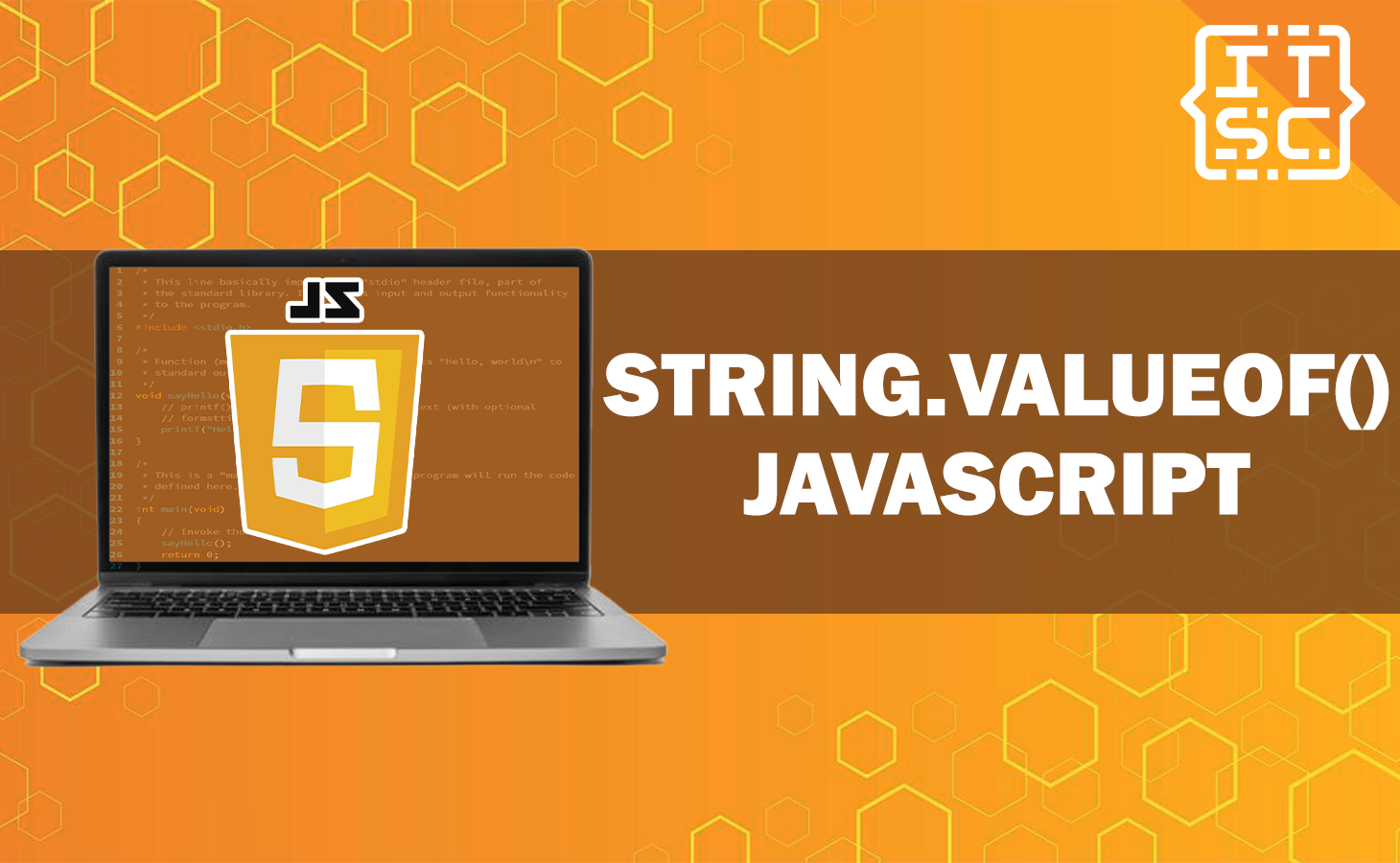In this article, you will learn how to use the String.valueOf() JavaScript method effectively and provide you with functional examples for a better understanding.
Methods for Using the String.valueOf() JavaScript
The String.valueOf() function is plain to use and can be called on different data types.
It returns the string representation of the detailed value. Let’s proceed with how to use it with different data types:
Method 1: Converting Numbers to Strings
To convert a number to a string using String.valueOf(), you can commonly pass the number as an argument to the method.
Let’s see an example code:
let number = 23;
let stringValue = String.valueOf(number);
console.log("Original number:", number, typeof number);
console.log("Converted string:", stringValue, typeof stringValue);
Output:
Original number: 23 number
Converted string: [Function: String] functionIn this example, we define a number 23, and then we use the String.valueOf() function to convert it to a string.
The resulting stringValue will be “23”, and its type will be “string“, as displayed in the output.
Method 2: Converting Booleans to Strings
When working with Booleans, String.valueOf() will convert true to the string “true” and false to the string “false“.
Here’s an example code:
// Example boolean values
const isTrueExample = true;
const isFalseExample = false;
// Converting Booleans to Strings using String.valueOf()
const trueString = String.valueOf(isTrueExample);
const falseString = String.valueOf(isFalseExample);
// Output the results
console.log("Original Boolean values:");
console.log("For True Boolean:", isTrueExample);
console.log("For False Boolean:", isFalseExample);
console.log("\nConverted String values:");
console.log("This is for true String:", trueString);
console.log("This is for false String:", falseString);
Output:
Original Boolean values:
For True Boolean: true
For False Boolean: false
Converted String values:
This is for true String: [Function: String]
This is for false String: [Function: String]In this example code, we use the String.valueOf() function to convert the Boolean variables isTrueExample and isFalseExample into their corresponding String representations.
The method converts true to the String “true” and false to the String “false”, as expected.
Method 3: Converting Objects to Strings
The String.valueOf() function works differently for objects. Instead of returning the string representation of the whole object, it returns a default value. Usually, this value is [object Object].
const sampleObject = { fullname: "Ronie Juanico", age: 35 };
const objectStringSample = String.valueOf(sampleObject);
console.log(objectStringSample);
Method 4: Handling Undefined and Null Values
When handling with undefined or null, the String.valueOf() method returns “undefined” and “null” as strings, appropriately.
For Example:
let sample;
const strUndefinedExample = String.valueOf(sample);
console.log(strUndefinedExample);
const keys = null;
const stringNullExample = String.valueOf(keys);
console.log(stringNullExample);
Method 5: Using String.valueOf() with Arrays
When you pass an array to the String.valueOf() function, it will join the array elements into a single string.
Here’s an example code:
const name = ["jude", "glenn", "caren"];
const stringNames = String.valueOf(name);
console.log(stringNames);
Method 6: Converting Functions to Strings
If we attempt to use String.valueOf() on a function, it will return the function definition as a string.
Let’s see an example code:
function message(fullname) {
return `Welcome, ${fullname}!`;
}
const stringFunction = String.valueOf(message);
console.log(stringFunction);Method 7: Dealing with Date Objects
Date objects are treated in the same to regular objects when using String.valueOf() function. It will return the default string representation of the date.
For example:
const currentDate = new Date();
const stringDateResult = String.valueOf(currentDate);
console.log(stringDateResult);Advantages of Using String.valueOf()
Using String.valueOf() provide multiple advantages:
- Convenience:
- It offers a simple and effective way to convert different data types to strings.
- Consistency:
- The method actions predictably for most data types, which makes it easy to work with.
- Readability:
- By converting non-string values to strings, you can enhance the readability of your code and prevent unexpected actions.
Common Mistakes When Using String.valueOf()
While String.valueOf() is usually easy, there are some mistakes to watch out for:
- Forgetting to Call the Method
- Incorrectly Handling Objects
- Neglecting to Check for null or undefined
FAQs
Both String.valueOf() and toString() can be used to convert non-string values to strings. The main difference is how they manage null and undefined values.
Yes, you can use String.valueOf() on custom objects. However, keep in mind that it will return the default string representation, which is usually [object Object].
Yes, you can use String.valueOf() on primitive values like numbers and booleans. It will convert them to their corresponding string representations.
Conclusion
In conclusion, the String.valueOf() function is a valuable tool in JavaScript for converting non-string values to strings.
Either you are dealing with numbers, Booleans, objects, or arrays, String.valueOf() has covered it.

